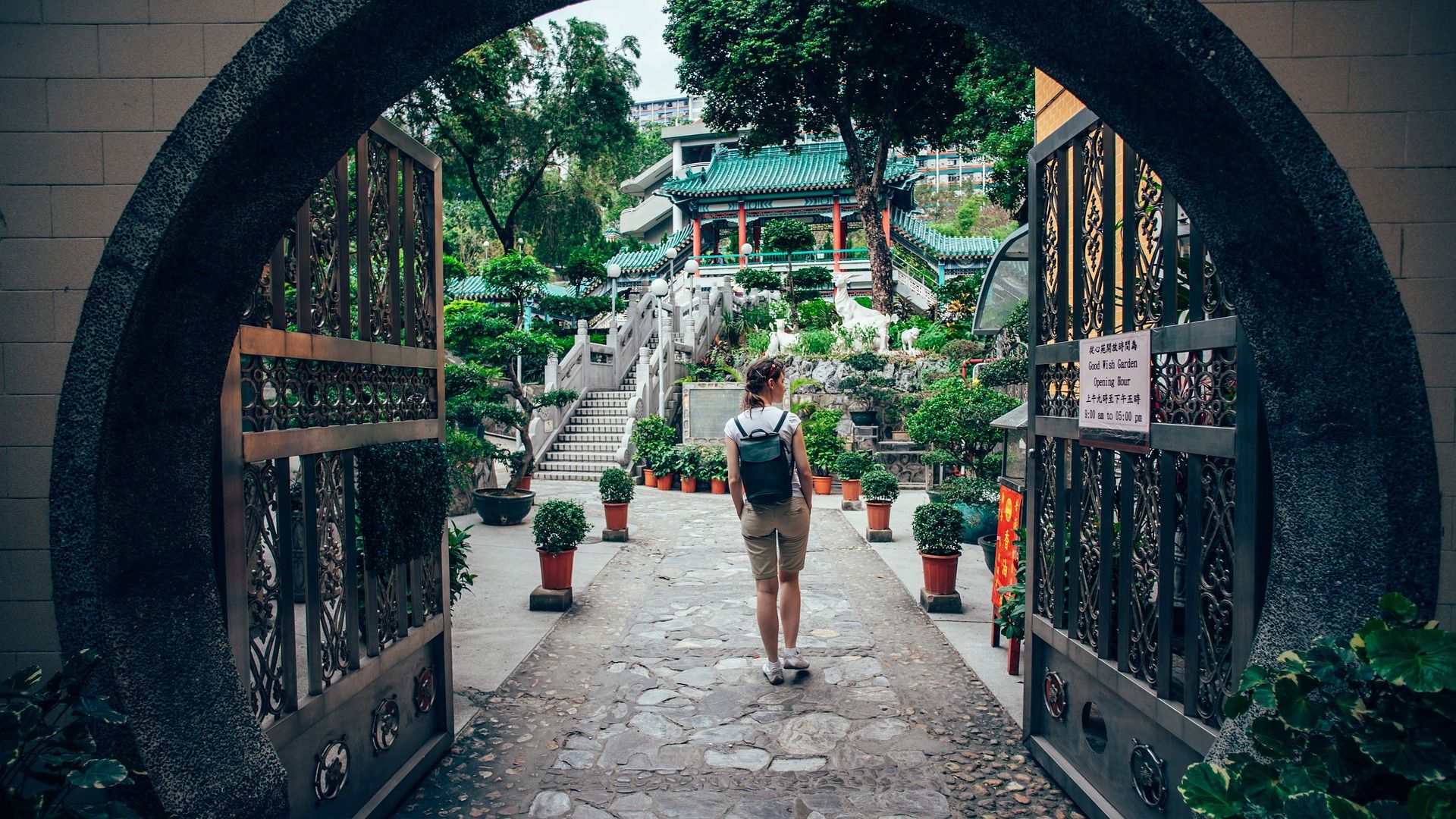Hong Kong is a big, complicated, cosmopolitan city, but if you just compare it to, say, New York or London, you're not getting the whole picture.
To really get a sense of Cantonese culture, you have to get out of Central and explore the outlying islands, New Territories, and surrounding fishing villages—and to help you get the most out of your next trip, we’ve quizzed a few local residents for their insider guide to the city.
The Basics
The British ruled Hong Kong from 1841 to 1997 before handing sovereignty over to China. This agreement established a 50-year period of autonomy when Hong Kong would be governed by a “One Country, Two Systems” agreement.
As such, Hong Kong is currently a “Special Administrative Region” of China with its own constitution, currency, passports, and official languages (Cantonese and English).
“Hongkongers are generally quite proud of their cultural heritage,” says Daniel Cheung, a restaurant public relations professional and director of the Little Adventures in Hong Kong culture and food walking tours.
“They would like to identify as Hongkongers first and, by extension, Cantonese, before identifying as Chinese.”
In the major urban districts, most residents will speak English but Cantonese is the local language. A big no-no: “Please do not speak to us in Mandarin, if it isn’t your native language,” says Cheung. “No, it’s not similar to Canto.”
How to Get Around

By public transit—it's efficient, clean, and affordable. About a quarter buys a ride on the famous Star Ferry across Victoria Harbour. Another historic mode of transit, the tram costs just 30 cents per journey.
But before you do anything, buy an Octopus card. It can be used on all public transit, at convenience stores, and even at some coffee shops. Hong Kong also has Uber and affordable taxis (starting at just $3); however, the latter sees a “changeover” hour, when drivers switch shifts, from roughly 3 to 4 p.m. daily—an impossible time to hail a cab.
How to Greet People
First thing in the morning, a friendly “Joh sun” (good morning) is an easy phrase to master. For something more complicated, Hongkongers often greet each other with “Nei hou ma? Sek jor faan mei?”(How are you? Have you eaten rice yet?). “Yes, we really are this obsessed with food,” says Cheung.
What to Pack

Bring lots of layers—Hong Kong never turns off its air-conditioning. In July, you'll be sweating on the streets one minute and shivering inside a department store the next.
Come springtime (late March–early June), carry an umbrella and pack a classic trench coat to prepare for the non-stop rain.
“Definitely pack good walking shoes or plan to buy them,” says Kitty Wong, a Hong Kong-based illustrator. “Hong Kong has so many hills and public transport is the best ways to get around, so expect to be walking a lot.
Luckily Hongkongers love colorful sneakers, so get yourself a pair while you're here—the louder and more colorful, the better.”
Do's and Don'ts
- Do take the Airport Express train from the airport into town. It’s just a 24-minute trip to Central.
- Do turn the teapot lid upside down or place it on top of the handle if you need a refill.
- Do make a wave motion with your hand to signify to taxis that you’d like to cross the harbor. Cross-harbor taxis usually have a white cover over their lights.
- Do take pictures of everything—your food, scenery, yourself.... Unlike most destinations, it’s not just tourists who are snap-happy. Hongkongers love to document everything.
- Do feel free to carry around a beer of glass of wine in the street. Hong Kong has lax open-container laws.
- Don’t stick your chopsticks vertically in a bowl of rice, as it’s associated with funerals.
- Don’t try to hail a cab if you see double yellow lines by the curb. Taxis can only stop if there is a single line—or none at all.
- Don’t feel obliged to leave a 20 percent tip, unless the server goes above and beyond. There’s a 10 percent service charge on the check already—anything extra should reflect the experience.
Words and phrases to know
Jo sun—A traditional and simple way to say “Good morning” to anyone who passes by.
Lah— Tack on a “lah” at the end of sentences to indicate the tone you’re hoping to achieve—whether it be exasperation, excitement, or emphatic agreement.
Mm goi—This is a two-for-one. You can say “mm goi” to express gratitude at a restaurant, or to say “excuse me” while navigating crowded streets.
Jeng—A quick and easy catchall phrase for "that’s cool” or “awesome.”
